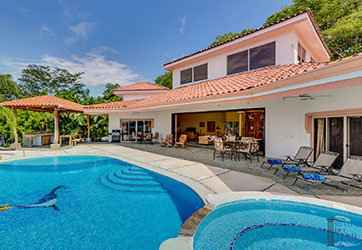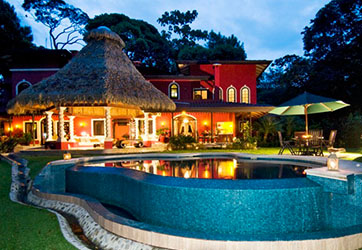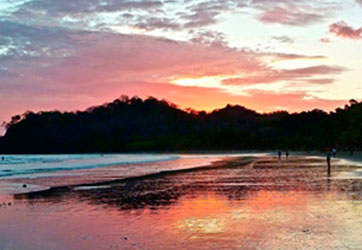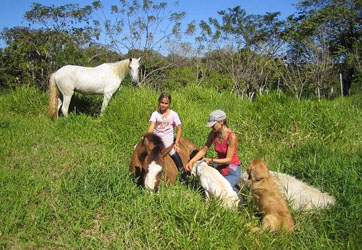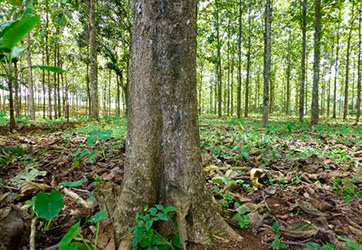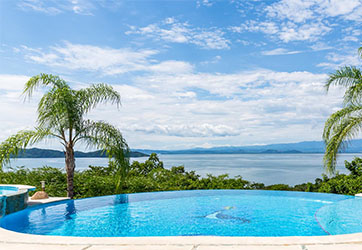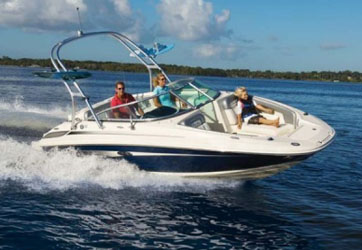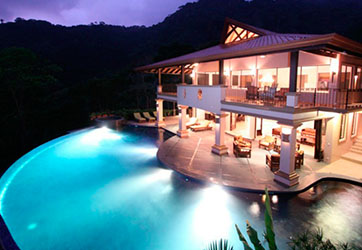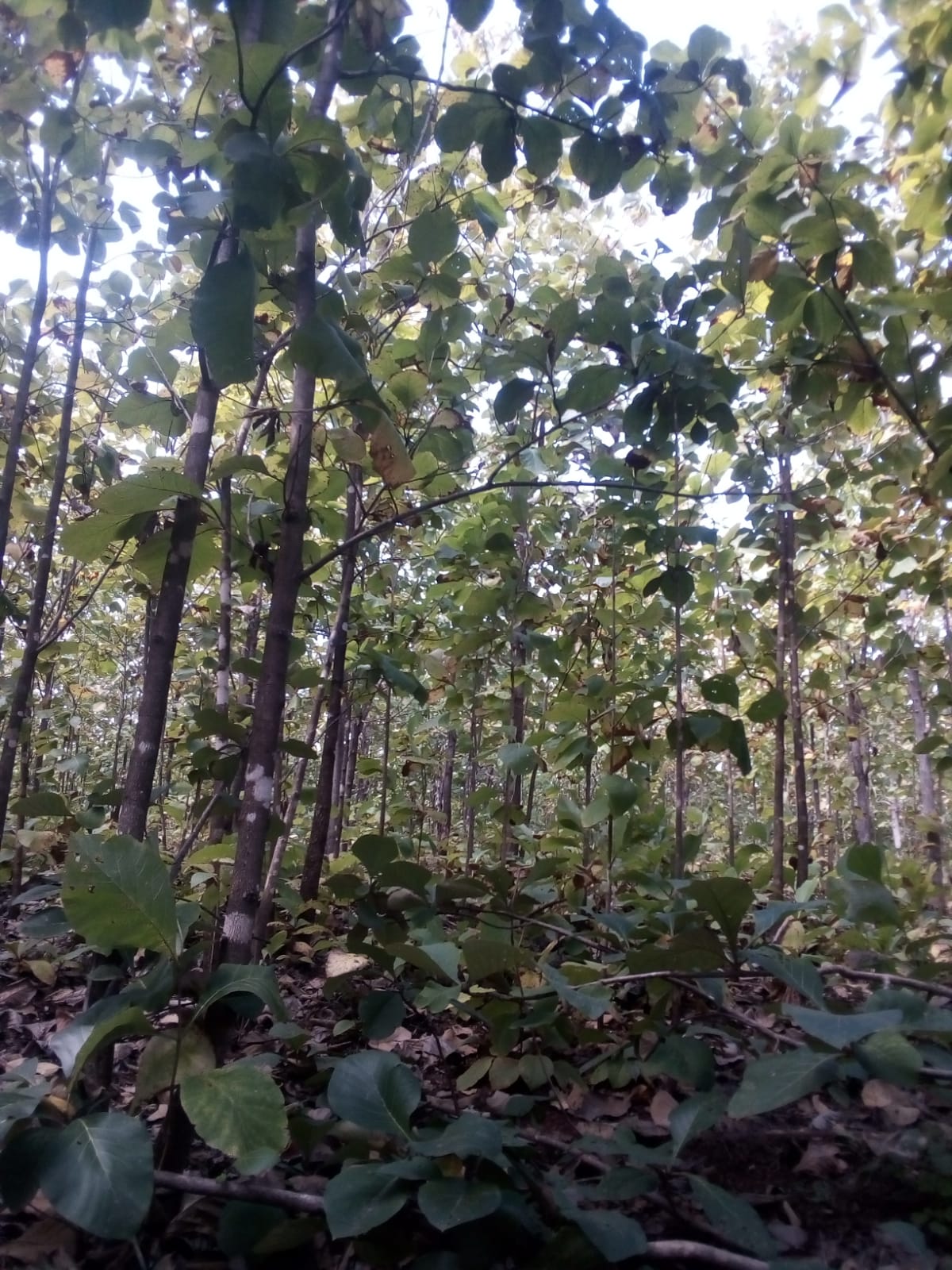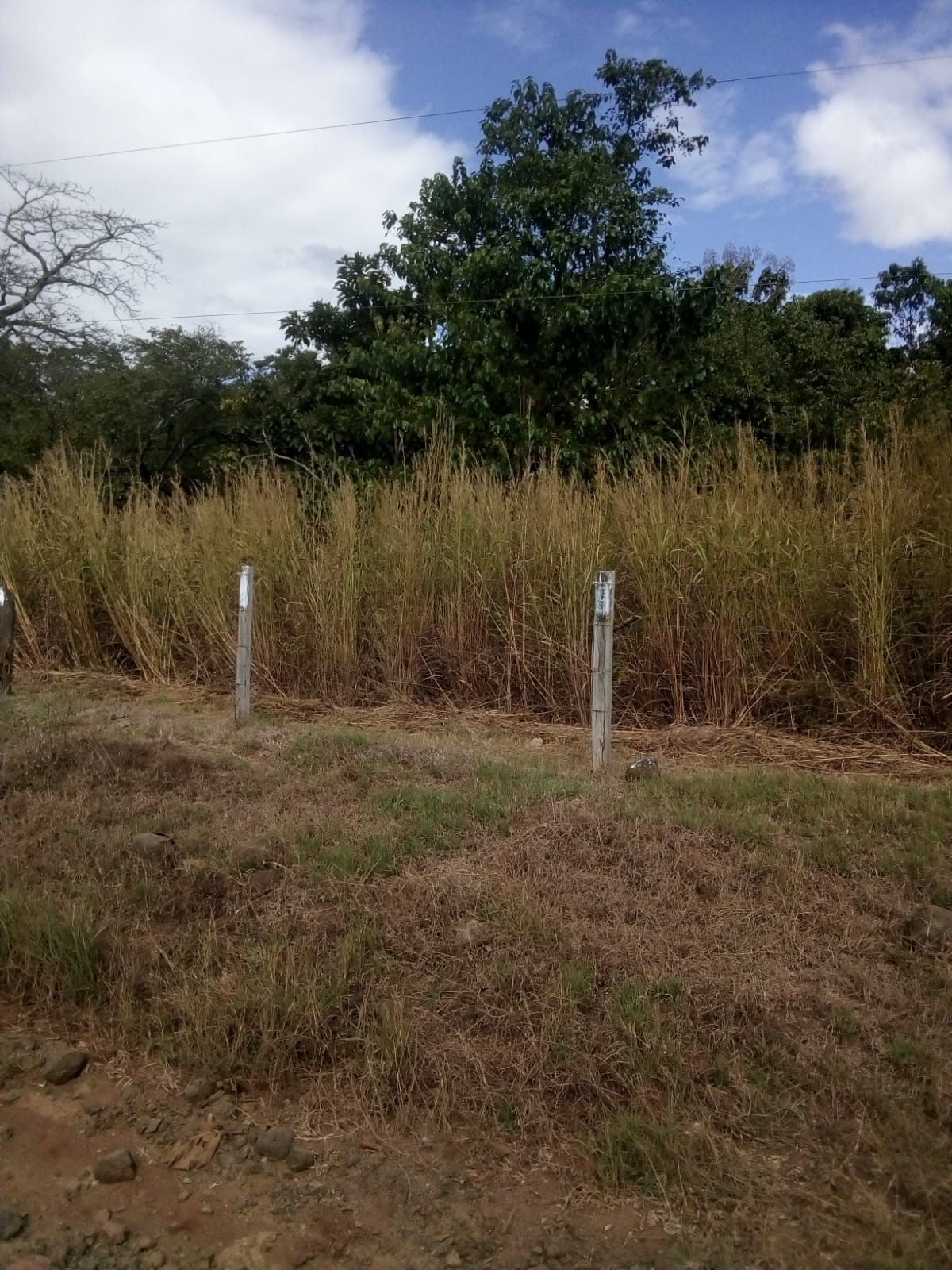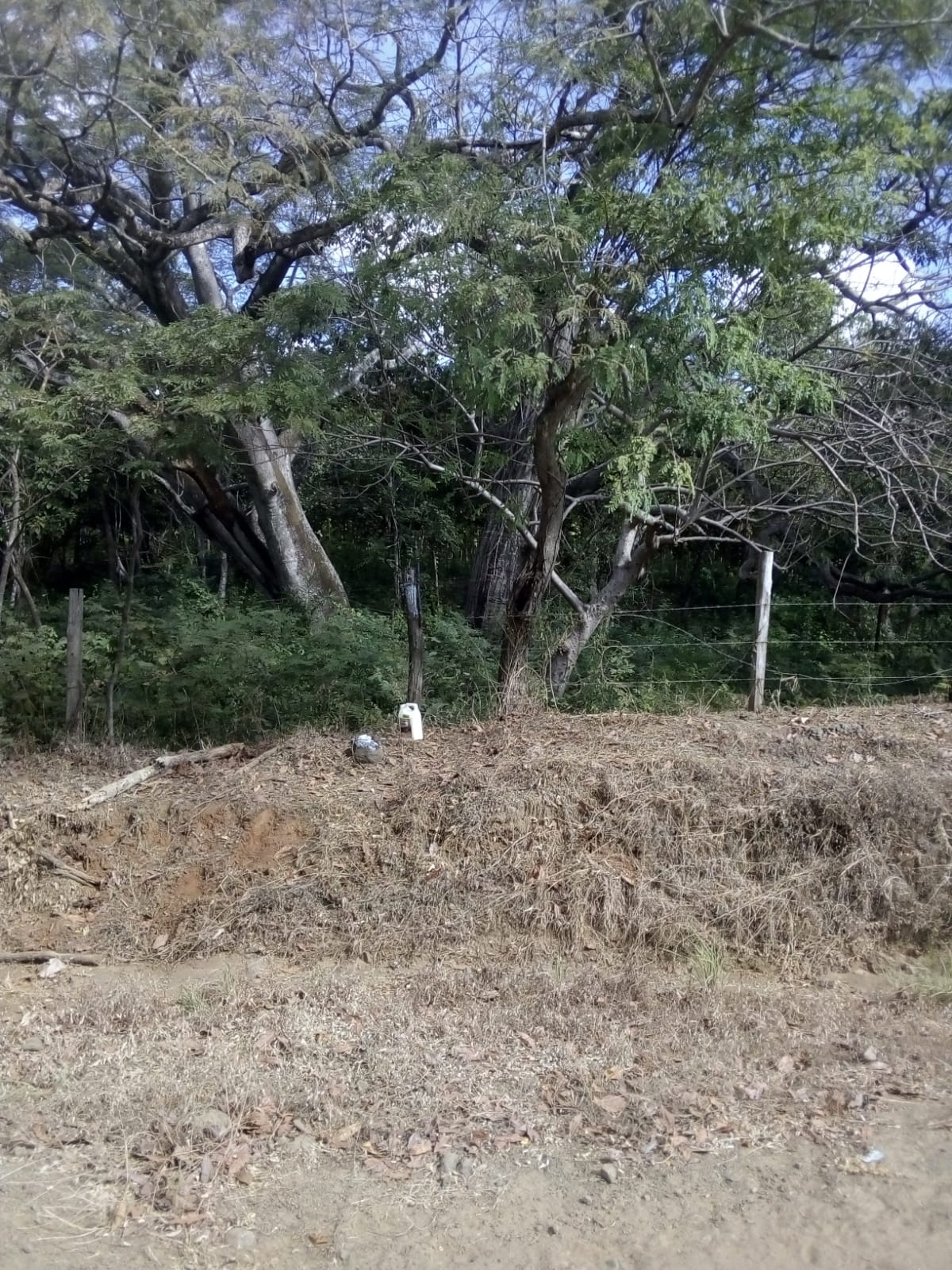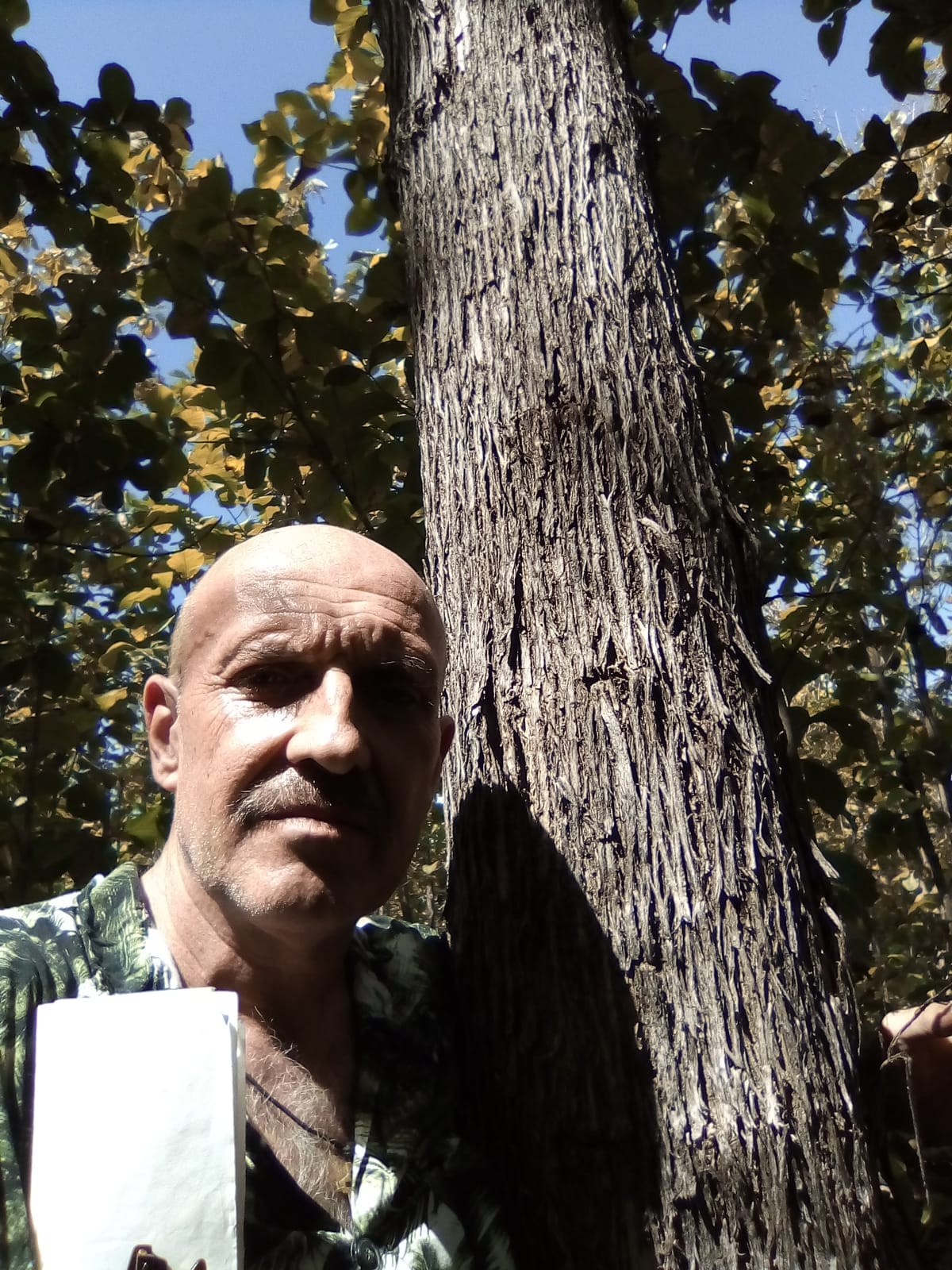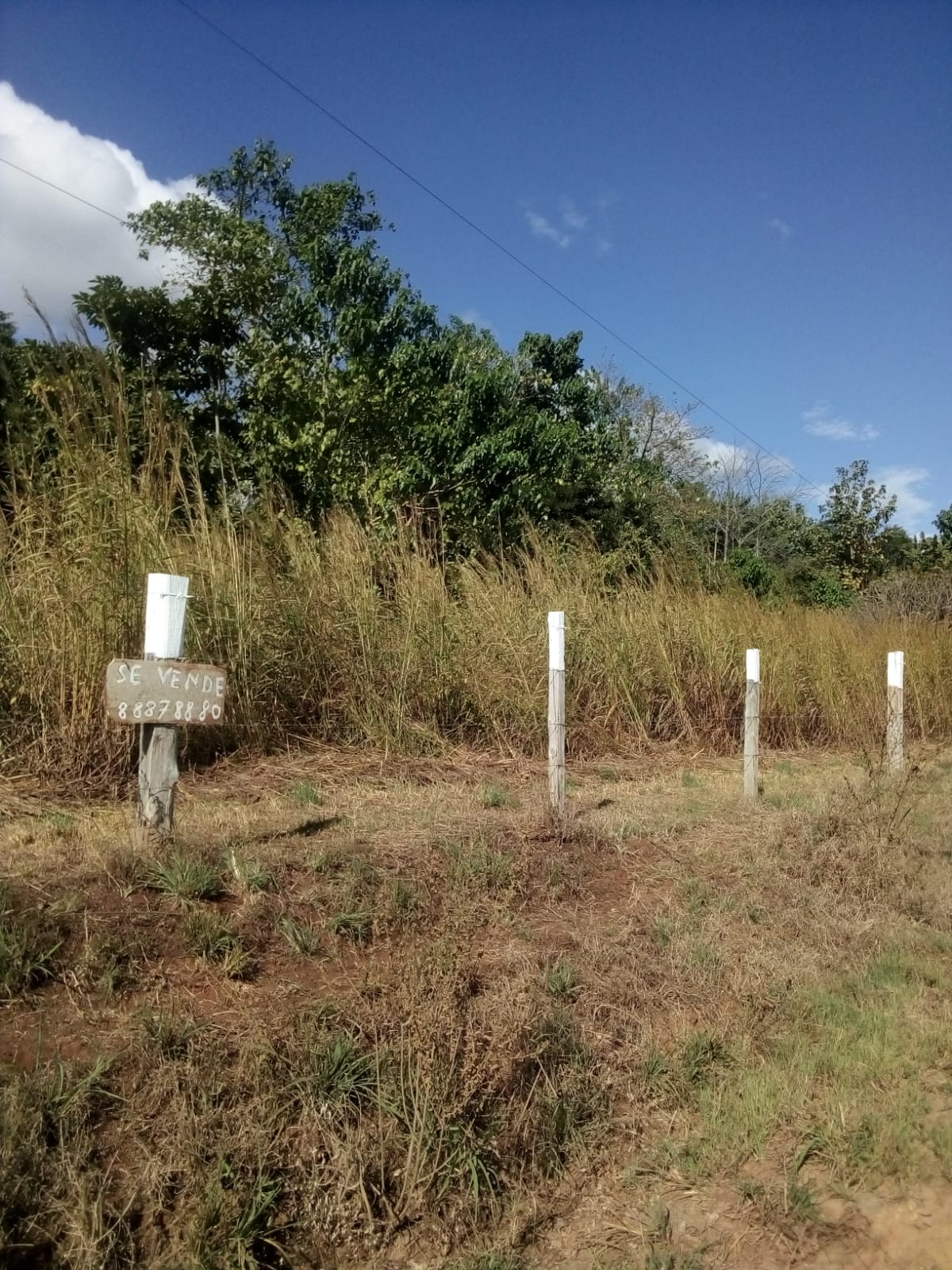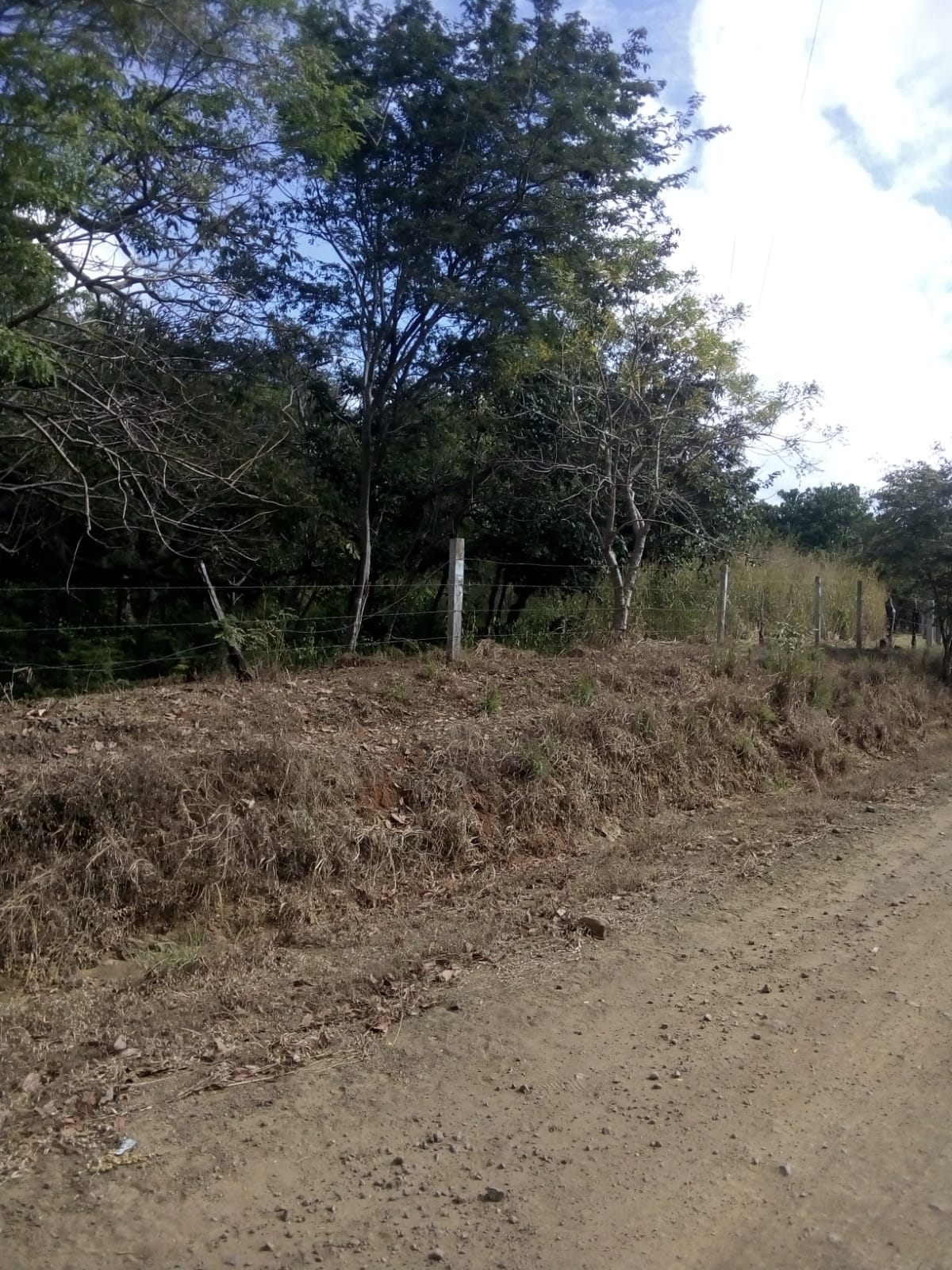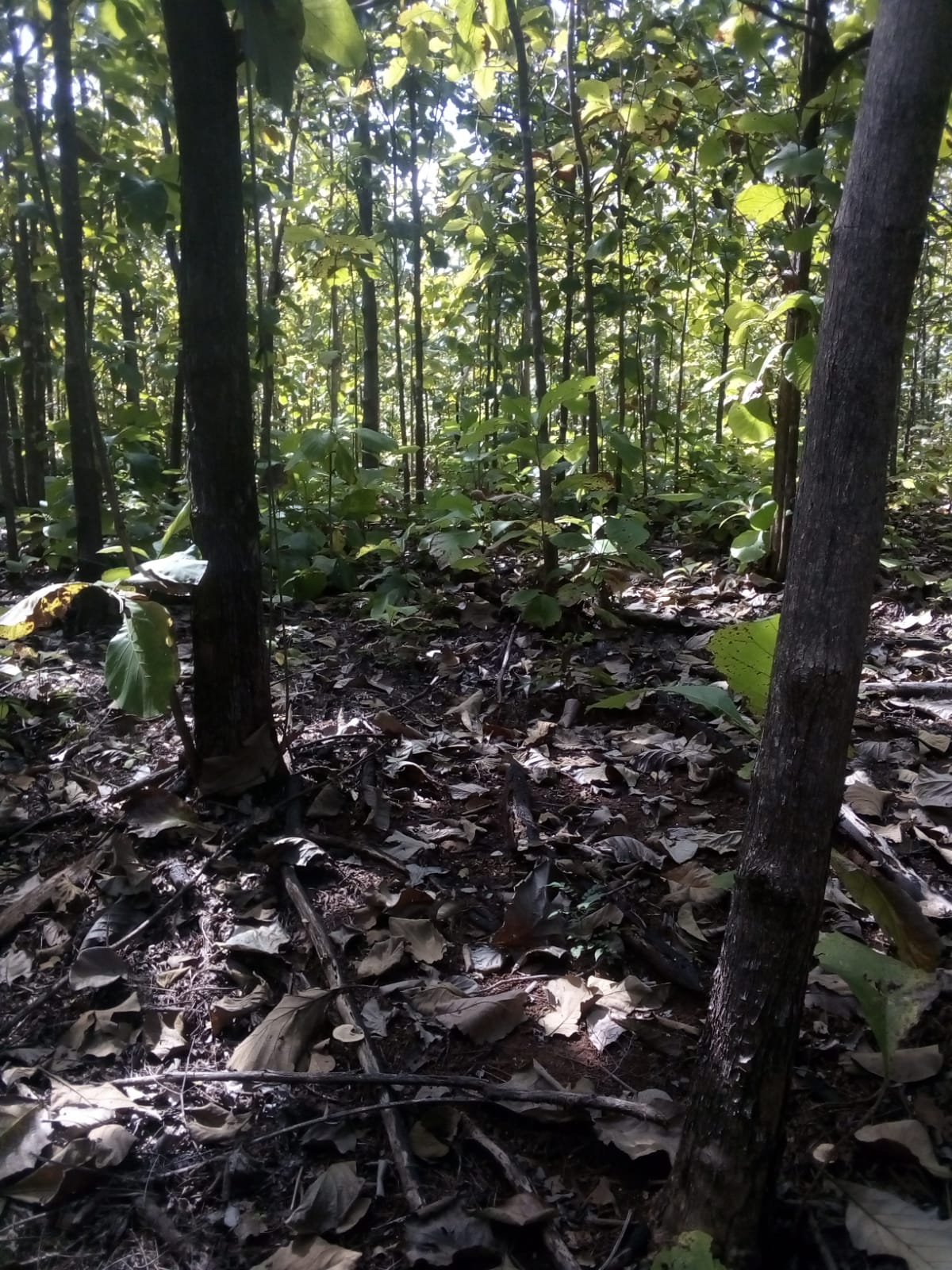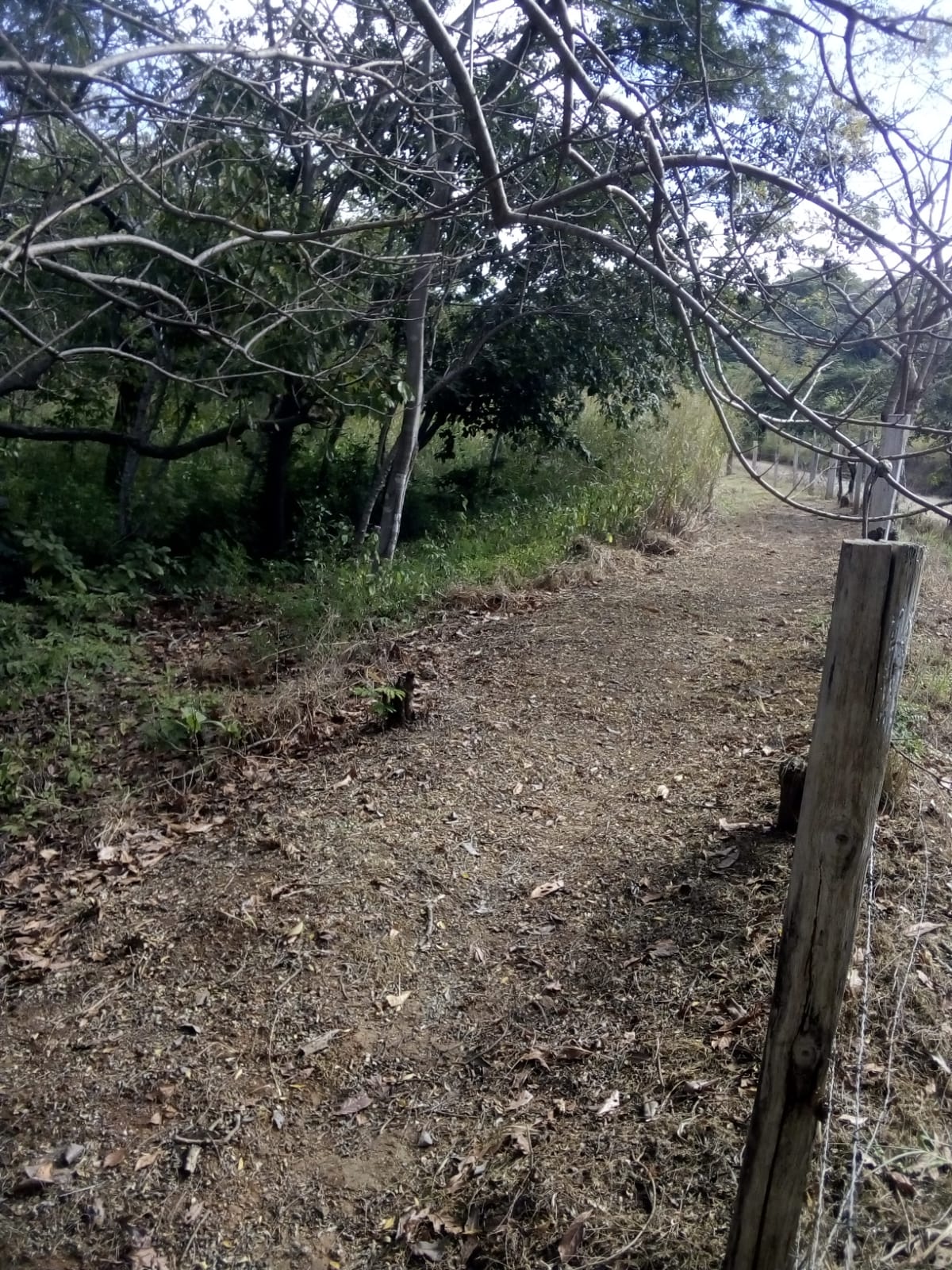Property: For sale, 1 ha of building land with teak, near the beach Avellana - North Pacific, Costa Rica
Property
No.: 3020
| Property No.: | 3020 |
| Location: | Costa Rica, North Pacific, Guanacaste, Playa Avellana |
| Price: | US $ 60000 (US $ 70000) |
| Size: | 10000 |
| Construction size: | |
| Shopping: | 5 |
| Street: | 0.1 |
| School: | 8 |
| Construction year: | 0 |
| Rooms: | 0 |
| Bedrooms: | 0 |
| Bathrooms: | 0 |
| Parking lots: | 0 |
| View: | |
| Extras: | |
Map:
Real Estate Costa Rica:
Central Valley | North Pacific | South Pacific | Central Pacific | Caribbean | Central North
Description:
The teak property offers returns in two ways. First; The land can be used as a real estate investment. In good locations, the value of the property can grow over the years. Secondly; Some of the teak wood can already be harvested, the rest in about 15 years. However, teak wood increases in value with age. With its worldwide and constant market, teak is undoubtedly the "king of hardwoods". Together with the advantages of private use, the possibility of construction and the contribution to a sustainable and social project, this investment becomes an extremely attractive offer.
Location:
The project location was chosen for two reasons: firstly because of the close proximity to the north Pacific coast of Costa Rica and secondly because of the natural resources. The sea is only 5 km from the property, the tourist village of Tamarindo is 10 km away and Huacas is 15 km away. The pressure on land prices in this region is causing inflation and increasing appreciation.
Teak tree
The name Tectona is derived from the Portuguese teca = teak from Malayalam tekka = teak. At the same time, the name is based on Greek τ?κτων tékton = carpenter. The epithet grandis is the Latin word for big. The German term teak is also derived from Malayalam.
Habitus
The teak tree is a tall tree that usually grows to heights of 25 to 35 meters, rarely over 40 meters. The trunks are mostly cylindrical, but can also have an irregular cross-section and form board roots in old age. Straight trees are particularly common in Thailand and Myanmar. The crown is usually very high, knot-free usable trunk lengths of 20 to 25 meters can be achieved with a chest height diameter of 100 centimeters. The crown is very shady. The root system is a superficial, horizontally spread heart root system.
Bark and wood [edit]
The bark is gray to gray-brown and usually one to 1.5 centimeters thick. It is longitudinally cracked, fairly soft, and peels off. The wood has a light sapwood, two to three centimeters thick. The heartwood is yellow to dark brown in color. The wood is streaked with dark olive brown to black stripes (black stripe teak). This color comes from different concentrations of phytochemicals, u. a. Dehydrotectol and tectoquinone. These stripes are particularly common with teak of Burmese origin. The silicon content of the wood also depends on the area of ??origin.
The trunk cross-section shows significant growth zones, which are caused by the seasonal tropical climate. Several growth spurts can occur within a year.
The wood is usually straight-grained. Alternating rotary growth occurs only rarely: the cellulose content is around 43 percent, the lignin content 30 to 39 percent. Teak stores rubber in the parenchyma of the outer heartwood, up to five percent by weight. This extraordinarily high rubber content causes the sticky-oily nature and the dull surface of the wood, furthermore high abrasion resistance, the acid resistance and the strong water repellency of the wood. The heartwood is very durable. The causes are the phytochemicals tectol, which has a fungicidal effect, and tectoquinone, which causes resistance to insects. The high silicon content also contributes to the resistance to insects (especially termites) and drilling shells.
Contact:

